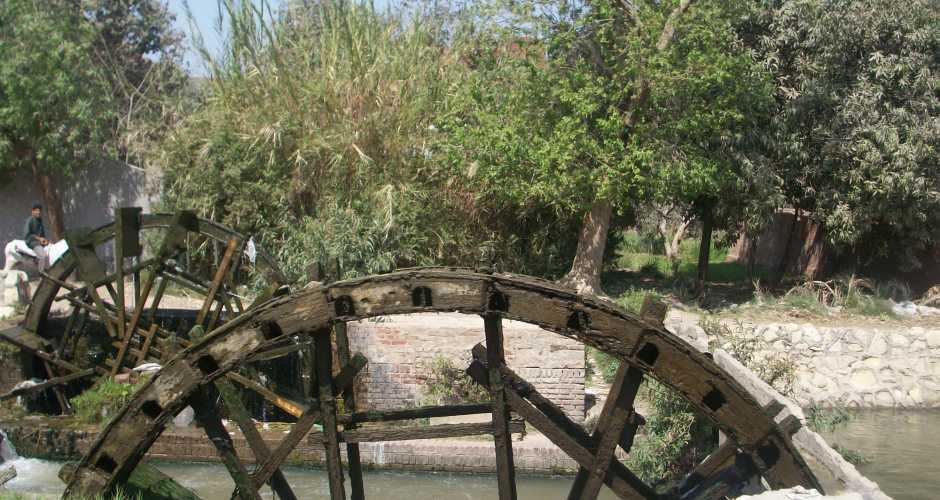- Home
-
Day tours
- Day tours
-
Marsa alam tours
-
Hurghada tours
-
El Quseir Tours
-
Makadi bay
-
Cairo Tours
- Cairo Tours
- Top Things in Cairo
- Siwa tours from Cairo
- Cairo Culture Tours
- Alexandria trips from Cairo
- Nile Cruises From Cairo
- Night Dinner Cruises in Cairo
- Sound and Light show Excursion
- Fayoum trips from Cairo
- Luxor Tours From Cairo
- white desert trips from Cairo
- Al Minya tours from Cairo
- Cairo Travel Packages
- Cairo Desert and Safari tours
- Aswan tours From Cairo
- Cairo Taxi Transfers
-
Luxor Tours
-
Portghalib tours
-
Sharm el Sheikh
-
El Gouna Tours
-
Aswan Tours
-
Sahl Hasheesh Tours
-
Soma Bay tours
- Safaga Tours
-
Airport Transfer
-
Tour Packages
- Tour Packages
-
Egypt Travel Packages
- Egypt Travel Packages
- Egypt Itinerary 4 Days
- Egypt Itinerary 5 Days
- Egypt Itinerary 6 Days
- Egypt itineraries 7 Days
- Egypt itineraries 8 Days
- Egypt Itinerary 9 Days
- Egypt Itineraries 10 Days
- Egypt Itinerary 11 Days
- Egypt Itineraries 12 Days
- Egypt Itineraries 13 Days
- Egypt Itineraries 14 Days
- Egypt Itineraries 15 Days
- Egypt Itineraries 16 Days
- Egypt Itineraries 17 Days
- Egypt Itineraries 18 Days
- Egypt Itineraries 19 Days
- Egypt Itineraries 20 Days
- Egypt Itineraries 21 Days
- Top Egypt Vacation Packages
- Egypt Cruises Packages
- Egypt Christmas Holidays
- Hurghada Holiday Packages
- Marsa Alam holidays packages
- Marsa Alam tour Packages
- Egypt Walking Holidays
-
Shore Excursions
- Egypt Nile Cruises
-
Egypt Attractions
- Egypt Attractions
-
Top Attractions In Luxor
-
Top attractions in Bahariya
-
Top Attractions In Fayoum
-
Top Attractions In Siwa
-
Top attractions in Sakkara
-
Top Attractions In Giza
-
Top Attractions In Aswan
-
Top Attractions In Alexandria
-
Top Attractions In Cairo
-
Attractions in Damietta
-
Top Attractions In Hurghada
-
Top Attractions in El Quseir
- Top attractions in Marsa Alam
- Top attractions in Al Minya
- Top attractions in El Gouna
- Top attractions in Sharm
- Contact us
-
Egypt Travel Guide
- Egypt Travel Guide
- Egypt tours Faq
- Egypt Itinerary 7 Days
- Best Tours in Marsa Alam
- Egypt Itinerary 8 Days
- Travel to siwa from Cairo
- Plan your trip to Egypt
- Is Egypt Safe to Visit
- Egypt Itinerary Planner
- The Best Winter Destinations
- Egypt Tour Packages guide
- The best Nile Cruises in Egypt
- Tips For visiting the Pyramid
- Foods You Need to Eat In Egypt
- The 10 Best Marsa Alam Tours
- Payment Policy
- White desert Tour packages
Waterwheels In fayoum
Al Fayoum is famous for its more than 200 waterwheels, which have become a prominent symbol of the town and the oasis. These four rather rickety and unassumingly small examples are slap in the centre of Medinat Al Fayoum. The Greeks invented the waterwheel, and the first depictions of them are seen in Ptolemaic Egyptian sources, so it’s quite likely that since Pharaonic times these devices have kept the town well irrigated despite its irregular topography of rolling hills and steep depressions.

The largest waterwheel in Egypt is located in Basiouniya village 14 km east of Fayoum city. It rises 8 meters high and weighs more than 2 tons. This waterwheel is providing 88 feddans (37 Hectares) of cultivated lands with fresh water and its cost is 50000 EGP.The waterwheel is maintained yearly during the low – flow season in mid-January and it needs to be changed every six years. During the time of reinstalling new ones, celebrations are held by the locals to commemorate this joyous moment as it considers a prominent source of economic aid for them.

Fayoum has more than 200 Waterwheels which are scattered throughout its depression. Since the Greco Roman era, these waterwheels have kept the Fayoum well-irrigated despite its irregular topography. The waterwheels are made of special white wood called (Azizy), some parts are made of Casuarina wood and it takes 7-10 days to be made. The peasants of the Fayoum call it “Taboot” as to differentiate between it and the normal Sakia which is driven by animals.Now the Waterwheels are considered as an iconic landmark of the Fayoum. Tourists can take a look at these magnificent irrigation machines by strolling through Fayoum’s streets!
